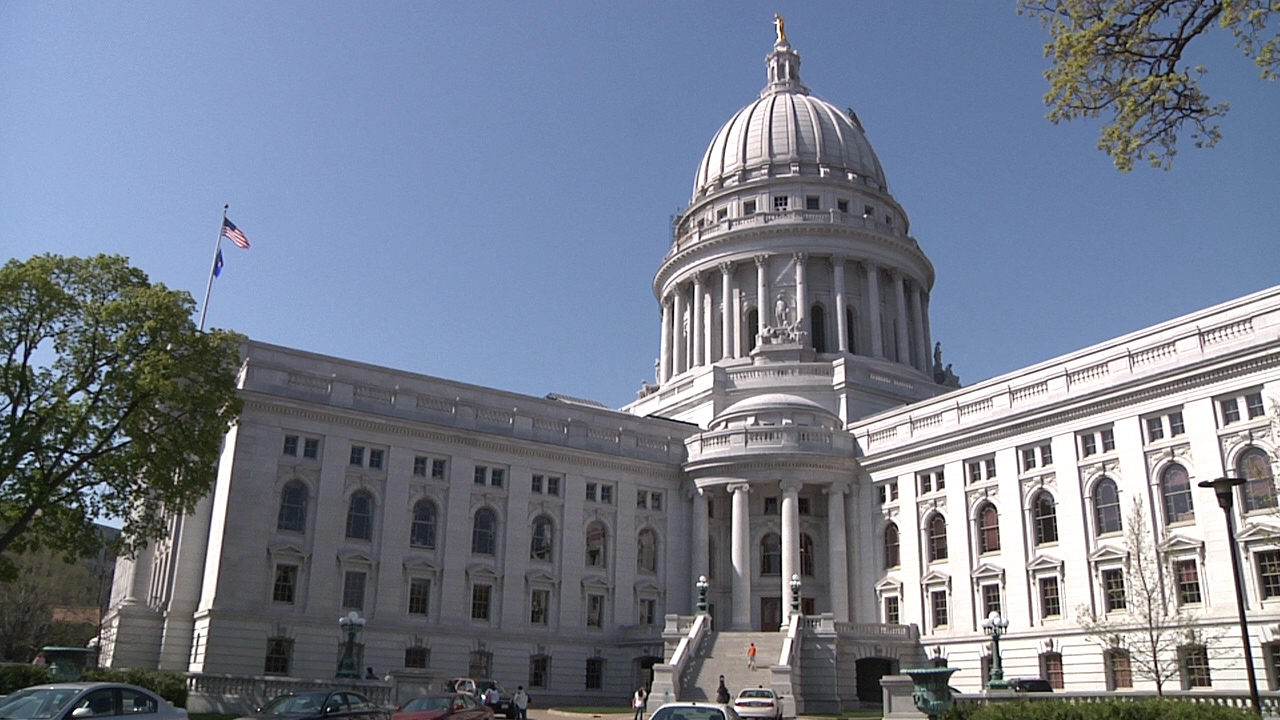
MacIver News Service | April 15, 2015
A Legislative Fiscal Bureau (LFB) analysis of the State Building Commission’s (SBC) 2015-17 recommendations for capital projects shows that 42 non-transportation projects will continue to be built in the new biennium using existing bonding authority under Gov. Walker’s budget proposal. Additionally, $132.4 million worth of facility maintenance and repairs, utility upgrades, and energy conservation efforts are recommended, again being floated by existing borrowing and other funding sources.
The governor traditionally chairs the SBC, meaning capital project recommendations are considered to reflect the governor’s priorities for the biennium. The LFB memo confirms Gov. Walker’s budget position that includes no new bonding for non-transportation, GPR-funded capital projects.
Big projects of a non-UW nature enumerated by the SBC include a skilled nursing facility at the Wisconsin Veterans Home at King, a State Patrol post relocation and construction project, and $17.4 million worth of improvements to a few state corrections facilities.
The UW would continue 23 projects worth $344 million ranging from new dorms and athletic facilities at multiple campuses to engineering, veterinary, and medical buildings at UW-Madison.
A subsequent report released Wednesday by the LFB identified six projects in the capital budget that are considered to be “earmarks.” Earmark projects include: $15 million for an Eau Claire Confluence project, $5 million in bonding for the Wisconsin Agricultural Education Center, $3 million in bonding for a science building at Carroll University, $2 million in bonding for a Marquette University Dental Clinic and Education Facility, the Bucks Arena and a $500,000 grant to the Global Entrepreneurship Collective.
A total capital budget of $655.9 million is recommended for all projects and repairs, and will be paid for with existing bonding authority from current and past biennia, federal funds, gifts and grants and some operating revenue. This stands in contrast to the last four SBC recommendations which have suggested $410-$520 million each in new general fund supported borrowing, two under former governor Jim Doyle and two under Walker.
General fund supported borrowing is repaid with General Purpose Revenue (GPR) which comes from income taxes, sales taxes and other smaller taxes.
The big picture for state borrowing under Gov. Walker’s budget proposal is unchanged. While no new GPR-funded borrowing would take place, transportation borrowing would increase by around 30 percent from the current biennium for a total of $1.3 billion. Transportation bonding is paid for by the dedicated Transportation Fund, which received its revenues from the gas tax, vehicle registration fees and other related fees.
The Transportation Fund has seen little growth over the past decade and revenue dedicated to meeting debt service is now 16 percent of the entire fund. Issuing $1.3 billion in new bonds for transportation would likely make debt service 20 percent of Transportation Fund revenue barring a substantial increase in the gas tax or registration fees.
The only exception to the governor’s no new bonding budget is the special plan for the state to chip in $220 million for a new arena for the Milwaukee Bucks. That plan is unique in that it only captures revenue generated by Bucks players, staff and affiliated agreements such as TV contracts to pay off the debt.
However, a LFB analysis of Walker’s plan shows total future costs to the state, including base bond amounts and interest, could be upwards of $488 million. This has caused Republican leaders in the legislature to search for alternative funding plans for the arena.
The SBC also recommended cutting $99.4 million of bonding authority for 7 projects. These include clear pork items such as $3 million for Swiss and Hmong cultural centers, and the rest is split between facilities for the Historical Society, Department of Military Affairs and Corrections and a lease buy-out at UW-Milwaukee.

